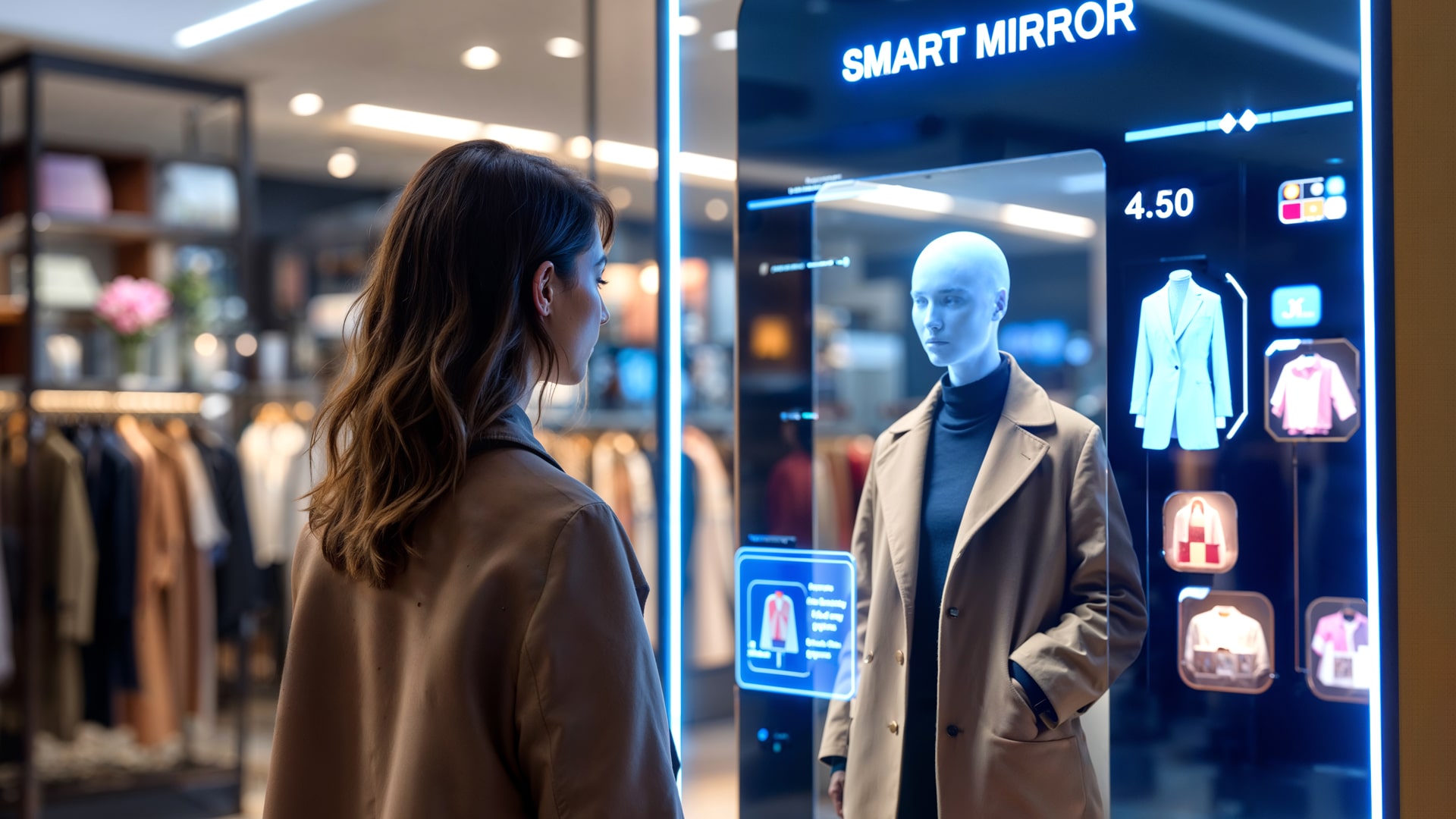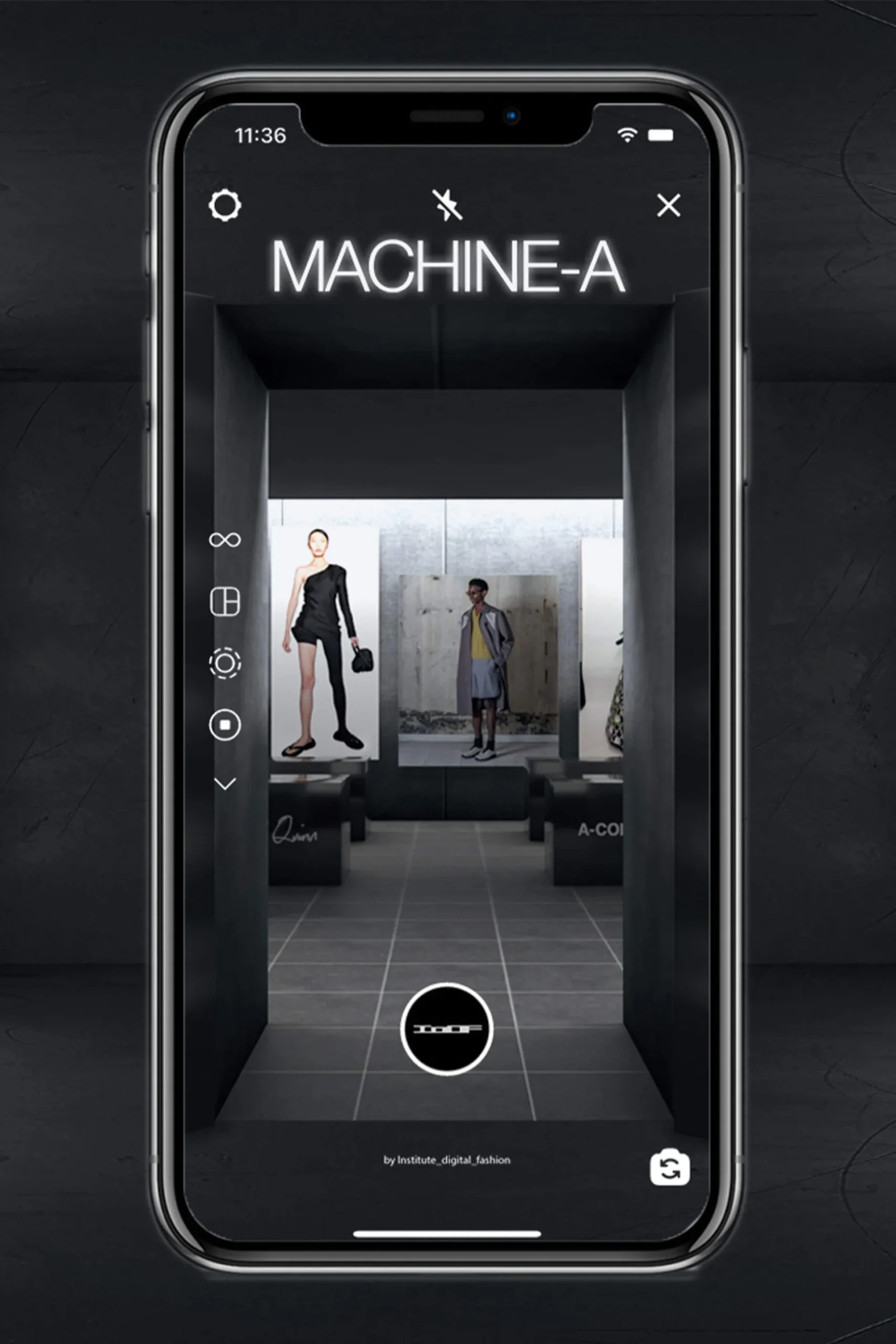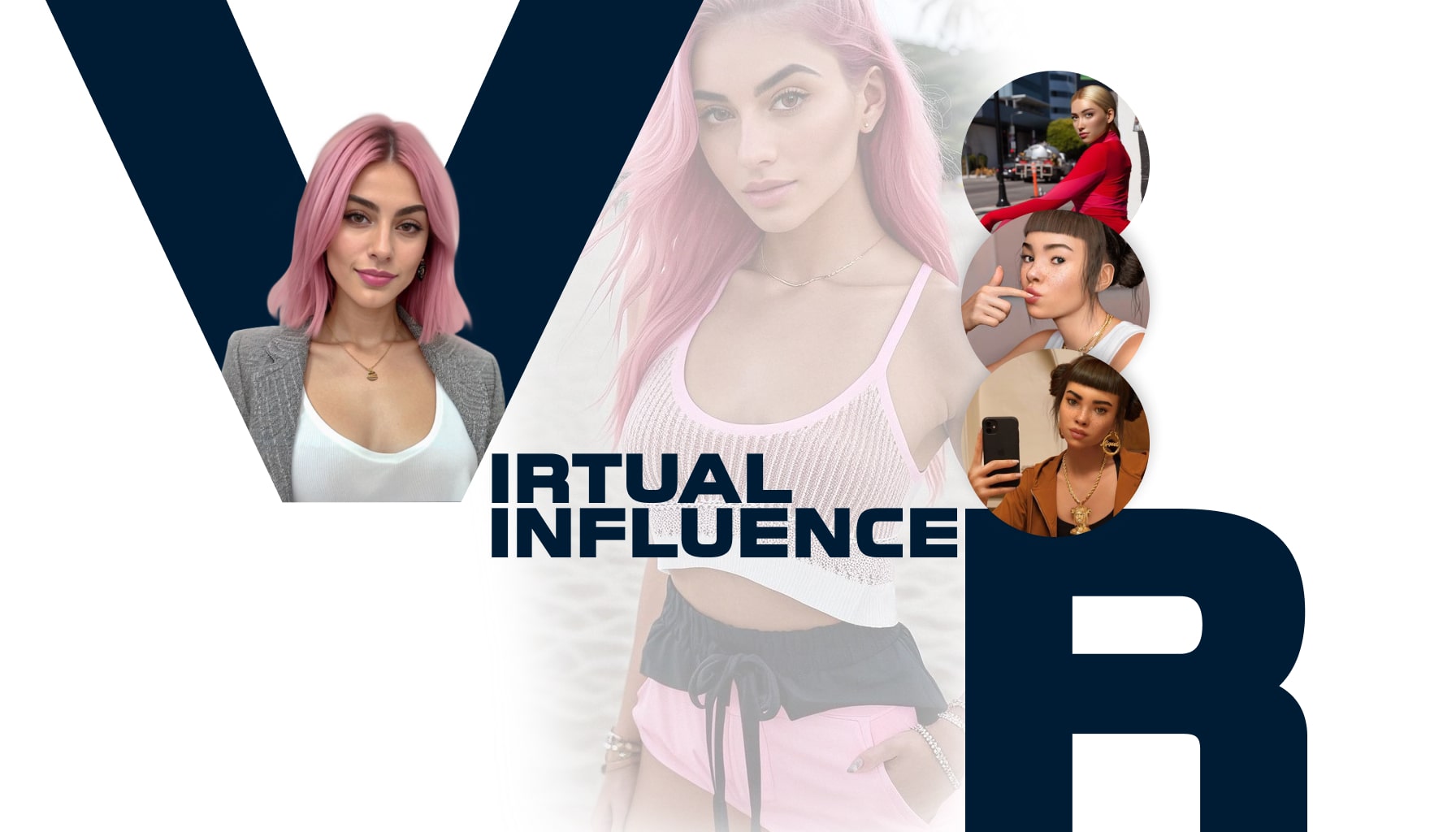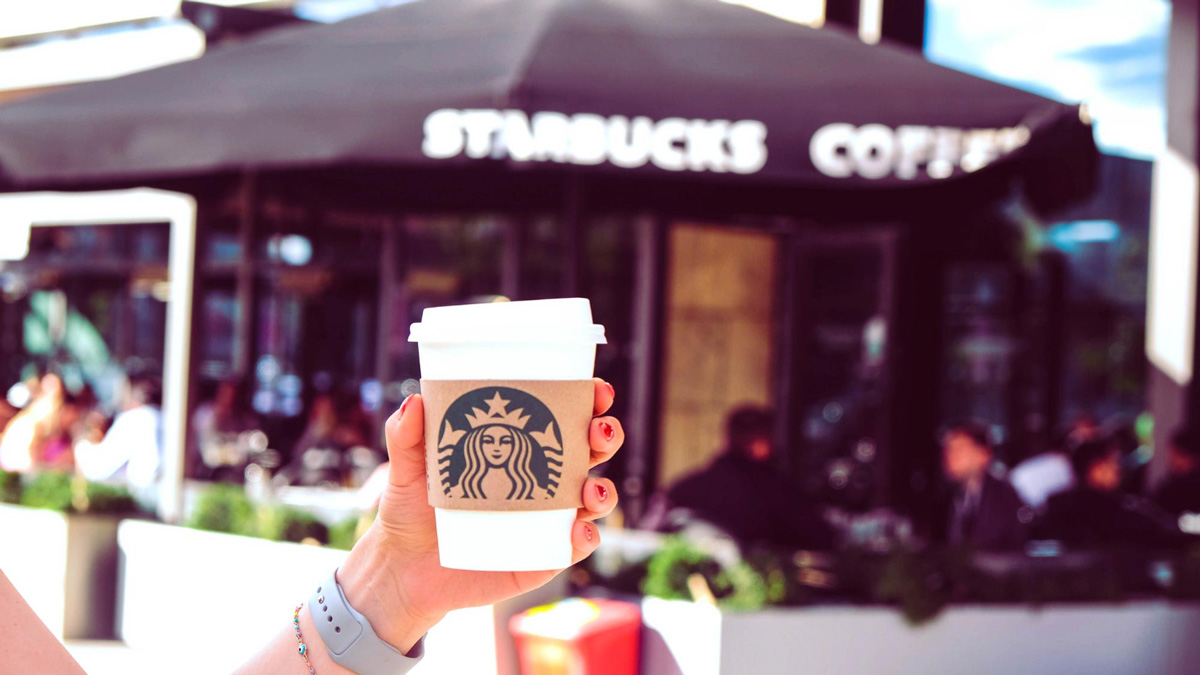
Have you ever wished you could try on those trendy glasses before buying them or see how a new hair color looks before committing? With augmented reality, you can do just that right from your phone.
Augmented reality (AR) transforms how brands interact with customers in exciting new ways. Whether virtually trying on makeup, visualizing furniture in your home, or playing games on your kitchen table, AR blends digital elements with the real world for memorable adventures.
This article will showcase 13 leading examples of brands leveraging augmented reality technology to create next-level engagements. From immersive store experiences to apps allowing “virtual try-on,” prepare to be inspired by the creative potential.
You’ll also learn key lessons on strategically leveraging AR for enhancing your brand experience, storytelling and customer relationships.
Even if you don’t know much about marketing or tech, you’ll be brimming with AR brand experience ideas by the end of the presentation.
The future is coming fast. And as these brands show, it will be fun, helpful, and very, very cool thanks to the magic of AR powering it forward. Let’s dive in!
Enhancing Brand Experiences With Augmented Reality
Integrating augmented reality into marketing and customer experiences requires thoughtful strategy. Here are some AR brand experience examples:
BMW i Visualizer
One of the most advanced examples of AR in the automotive industry is BMW’s i Visualizer app. This app lets customers fully customize a virtual BMW i3 or i8 model using augmented reality technology.
The i Visualizer leverages your smartphone camera and Google’s Tango AR software to overlay a 3D BMW model in your actual environment. You can walk around the realistic vehicle projection, opening doors and turning on headlights. Customizing options let you pick exterior paint colors, wheels, and interiors to create a personalized BMW. This builds excitement and emotional connections with potential purchases.
BMW also sees business value in the i Visualizer app beyond customer engagement. Users can save their custom configurations and send them directly to BMW dealers to start purchase discussions. And the customer data gives BMW valuable insights into popular options they can use to optimize manufacturing plans.
The i Visualizer app exemplifies how AR can enable next-level brand experiences that wow audiences while also driving conversions and extracting data-driven insights. As AR technology matures, expect immersive apps like this to reshape car buying from impersonal lots into ultra-personalized living room showrooms.
Gucci AR Shoe Try-On
Iconic luxury brand Gucci was early to augmented retail with an AR feature in its app in 2019 letting customers visualize sneakers on their own feet. Simply point your camera, and sneakers appear overlaid on feet with impressively accurate lighting and shadows.
For high-end brands, AR try-on boosts conversion by eliminating doubts without requiring in-store visits. And the sense of realism and fun provides strong brand impressions. Even before the metaverse, forward-thinking companies like Gucci were focused on next-gen experiential retail.
Sephora Virtual Artist
Allowing shoppers to digitally “try on” lipsticks, eyeshadows, and other products drives sales for beauty brands that are uncertain how cosmetics will actually look. Sephora’s ‘Virtual Artist’ app lets people visualize different makeups on customizable avatars.
While not as seamless as true AR overlay, Virtual Artist reduces buyer anxiety about shades or styles they haven’t worn before. And it’s still more partnership than peering into tiny testers under a store’s harsh lighting, anyway.
As AR tech advances, Sephora could graduate to a ‘magic mirror’ where your true face has foundations, blushes, and eyeliners mapped onto it perfectly. Until then, virtual artists have remained hugely effective at narrowing options.
IKEA Place App
One of the most practical applications of AR for furniture shopping is IKEA’s Place app. Launching alongside Apple’s ARKit technology, IKEA Place lets customers visualize IKEA items in their actual living spaces before buying.
The app harnesses your phone’s camera and sensors to construct a 3D replica of rooms in your home. You can then browse a catalog of 2,000 IKEA products to scale, move, and place items like sofas, beds, tables, storage units, and décor around the digital environment.
Shoppers get a hyper-realistic visualization of products in a context that builds confidence and conviction in design decisions. And the ability to capture AR room setups to share for feedback makes purchasing less abstract.
On the business side, IKEA Place provides a working prototype of “spatial retail,” the next evolution of stores. It hints at a future where AR glasses transpose IKEA’s enormous warehouses into personal living rooms for evaluation.
Even in early form, IKEA Place elegantly balances technological magic with practical home furnishing assistance. As AR gains mainstream traction, the app provides both customer and operational value that pushes IKEA’s brand strategy into the future.
Amazon Hair Salon AR
Using Amazon’s AR hair salon, you can virtually try on different hair colors and styles before committing to the real thing. By gathering client preferences, Amazon plans to drive professional beauty sales.
It serves as a physical proof-of-concept for technologies that could be translated into Amazon’s e-commerce engines.
McDonald’s World Cup AR Campaign
As a major sponsor of the 2022 World Cup, McDonald’s launched an innovative augmented reality (AR) app called “McDonald’s Gol!” to engage soccer fans.
The app uses AR technology to turn McDonald’s french fry boxes into a virtual soccer field. Players try to flick a virtual ball into the fry box goal while bouncing it off real-world objects.
This gamifies the experience of buying fries, driving customer excitement. Challenges get harder by incorporating virtual obstacles. Players can share replay videos and photos on social media, spreading positive brand impressions.
The app demonstrates how brands can leverage emerging technologies like AR for memorable, shareable interactions. Rather than passive advertising, the McDonald’s Gol! app provides fun consumer value, blending digital enhancements with tangible products.
This builds positive connections beyond transactional purchases. McDonald’s continues finding inventive ways to translate its major sports partnerships into grassroots customer engagement.
BMW X-Ray Glass
Luxury automaker BMW has developed augmented reality glasses called “Mini Augmented Vision,” providing drivers with helpful visual overlays.
The futuristic eyewear renders parts of the car’s frame virtually transparent from the driver’s perspective. This unobstructed vision through visual obstacles boosts safety.
Additionally, the AR glasses project navigation directions directly in front of the driver’s eyes instead of requiring looking away at a dashboard screen. Vital signs like speed are also displayed in this enhanced field of view.
One incredibly unique feature shows a rearview camera feed of objects behind the car overlaid in real-time on the AR headset. This helps with tricky parking situations.
BMW partnered with tech leader Qualcomm to create this seamless bridge between digital enhancements and tangible vehicles. It hints at radical new possibilities for blending physical and virtual worlds.
Converse “Create Next”
Iconic sneaker brand Converse launched an augmented reality mobile app allowing customers to try on shoes visually.
Open the Converse app, browse a product, and then point your smartphone camera at your feet. The shoes appear overlaid onto your feet with impressive realism to showcase fit and style.
Rather than guessing at sizes, the AR digitally replicates the dressing room experience remotely. This builds confidence for online purchases by solving uncertainties.
It also reduces returned orders from poor fits, saving Converse money. For shoppers, the ease and fun provide a next-generation brand impression that exceeds expectations.
Tools like body tracking and digital models blend physical reality with virtual enhancements to revolutionize retail. Converse smartly capitalizes on emerging AR technology to give fans intimate product previews, driving conversion.
Machine-A
With London Fashion Week going digital due to COVID, avant-garde boutique Machine-A created a virtual store for people to browse emerging designer collections safely.
By scanning QR codes on posters around the city, passersby could transport them into Machine-A’s virtual shop through their phones. The immersive digital space allowed small fashion houses to shine during a difficult time for the industry.

The virtual concept store also hints at more hybrid online/offline experiences, blending AR and physical retail. Stores could have virtual changerooms, product reviews projected on shelves, and layouts constantly optimized through data. Machine-A provides a glimpse into evolving possibilities.
ASOS – See My Fit
The online fashion retailer ASOS launched an AR feature called ‘See My Fit’ to address two needs – solving supply chain issues during the pandemic and enhancing the customer experience.
‘See My Fit’ uses AR to fit clothing onto models digitally. This let ASOS rapidly photograph and upload new inventory to its site every week despite lockdowns. Plus, shoppers can visualize items on different body types and sizes. The immersive visualization builds confidence to click ‘buy’ and reduces returns from ill-fitting purchases.
As a digital innovation, ‘See My Fit’ contributed to a 24% revenue jump for ASOS from 2020-2021. The AR feature provides both operational resilience and a better customer journey.
Adidas AR Sneaker Try-On
Sportswear giant Adidas launched an AR feature in 2019, allowing customers to visualize sneakers on their own feet before buying. Using computer vision technology, the app tracks foot motions so you can see shoe overlays move in real time as you walk or pivot the camera.
Seeing exact shoe shapes and materials layered onto your personal feet builds confidence and measures the ideal fit. And it reduces product returns from customers picking less than optimal sizes. The AR try-on puts power into the buyer’s hands without relying on store associates.
Kohl’s Virtual Closet with Snapchat
When stores closed during the pandemic, retailer Kohl’s teamed up with Snapchat on an innovative digital campaign letting users browse AR clothing collections.
By scanning branded Snapcodes or using special Snapchat lenses, people could try on Kohl’s apparel as outfits overlaid on themselves. They could even instantly shop featured items without leaving the Snapchat app.
The strategy targeted surging social media usage during lockdowns and let Kohl’s capitalize on AR’s ability to visualize products remotely. Blended virtual merchandising on platforms like Snapchat could enable retailers to embed wardrobes across the mobile web digitally.
L’Oreal Virtual Try-On for Hair Colour & Makeup
Seeing how makeup products actually look on your skin is guesswork without trying in-store testers. L’Oreal’s “Style My Hair” app uses AR to let people safely experiment with new makeup styles using true-to-life facial overlays.
The realistic lipstick and eyeshadow previews build confidence to purchase shades that complement skin tone instead of relying on packaging colors. And hair colors can be auditioned without commitment. For beauty brands, AR provides intimacy lost by shifting online.
As AR tech improves, expect “virtual beauty mirrors” everywhere, mixing real-time camera feeds with customizable overlays. The mirrors could even contain intelligent assistants suggesting products based on computer vision mood and style analyses.
Apple Vision Pro: A Glimpse Into The XR Future
Apple’s new Vision Pro headset allows a peek into how augmented reality could soon reshape brand experiences.
Endless Digital Canvas
Vision Pro users can freely organize virtual screens in physical spaces or resize windows to their needs. This indicates a future “of spatial computing” where data visualizations perfectly fit into real environments.
For example, brands could build engaging AR showrooms with virtual displays showcasing products, reviews, or sizing information located throughout actual store layouts. Shops become blended realities mixing physical and digital.
Immersive Entertainment
The Vision Pro also turns environments into full immersion theaters for enjoying movies, games, or TV as if inside scenes. Brands have significant opportunities for original adventures in gaming, film, and more that naturally integrate products instead of disruptive ads.
Next Level Social Connection
Life-size Vision Pro video calls bridge digital presence into physical gatherings for more meaningful social connections. Similarly, branded VR spaces could enable deeper relationships between customers, fans, and companies.
Shared virtual brand museums could spark two-way conversations, while tactical games make audiences passionate ambassadors.
Implementing AR Brand Experience Strategically
These examples were successful AR integration projects, but not every project is. Here’s how to use AR strategically to enhance the brand experience.
Start with the Customer Journey
Analyze key moments and pain points in your customer journeys. Where could AR assist, educate, or excite customers? Prioritize integrating AR into these targeted interactions for maximum benefit. For example, AR instructions during initial product setup could greatly reduce support calls. Or a virtual try-on could enable more confident purchase decisions.
Lead with Value, Not Tech
AR’s main appeal is crafting cool experiences that leverage technology. Don’t force AR where it doesn’t belong. Instead, make the experience fun first, AR second.
For instance, an AR city scavenger hunt should be exciting and challenging, even without AR elements. The AR then provides bonus immersion.
Blend Physical and Digital
Seamlessly blending real environments with virtual objects is AR’s sweet spot. Have the two interact, not just co-exist.
Imagine a mini racing game projected from a cereal box, where toy cars speed around your kitchen table fueled by healthy eating tips. The gameplay intertwines physical and digital to surprise and delight.
Test Small, Then Scale
AR technology keeps advancing rapidly. Take a test-and-learn approach to gain insights without overinvesting upfront.
Start with a quick pilot for a single campaign or interaction. Evaluate results before expanding AR across customer touchpoints.
Simply put, think about fun ways to smoothly blend digital enhancements with physical experiences to create magical customer moments. Deliver tangible value instead of just dazzling with tech tricks. Start small, learn, and improve.
Final Words: AR Brand Experience
As these diverse examples showcase, augmented reality opens new dimensions for brands to inform, excite, and assist customers. By strategically layering virtual elements onto tangible environments, companies can craft imaginative journeys that solve pain points and forge connections exceeding the transactional.
Whether virtually trying on the latest sneakers or previewing dream vacations, AR collapses the physical and digital into enhanced shared experiences. The technology builds confidence, drives conversion, and memorializes brands most meaningfully.
For both global enterprises and small businesses, AR capabilities, once unfathomable, are now within reach thanks to democratizing tools and best practices. The only limit is creativity. These brands reveal glimpses into blended realities where real-world actions unlock virtual delight. Ultimately, AR’s magic relies on enhancing lives, not exploiting novelty.
We provide innovative AR development services to create immersive and engaging customer journeys. Discover how augmented reality can elevate your brand experiences—contact us today to learn more!
Frequently Asked Questions
What is Extended reality (XR)?
Extended Reality (XR) is a term that includes different types of immersive technologies. These technologies blend the virtual and physical worlds, and they can be used to experience and interact with digital content. Virtual Reality (VR), Augmented Reality (AR), and Mixed Reality (MR) are examples of XR. Each of them offers a different way to explore and interact with digital content.
What is augmented reality (AR)?
Augmented reality blends digital elements into the real world. For example, AR glasses can project images and information onto things you’re looking at. It’s like adding a digital layer on top of real environments using cameras, sensors, and graphics.
How is AR different from virtual reality (VR)?
Virtual reality fully immerses you in a 100% digital world. Augmented reality blends real-world and digital elements. For example, with AR, you can see your real kitchen table while digital characters appear.
What are some examples of AR for brands?
Brands are using AR for virtual try-ons, to visualize products in actual environments, in interactive games, for immersive brand storytelling, and to assist shoppers. Examples include virtual makeup, previewing furniture at home, interactive brand museums, AR instructions, and more.
Why should brands invest in AR experiences?
AR boosts customer engagement, provides valuable data, drives sales by building confidence, and forges emotional connections through immersive brand experiences. Studies show AR delivers 4X longer interaction times and increases purchase consideration by over 70% compared to static images.
What industries use AR the most?
Retail, tourism, real estate, automotive, and marketing/advertising lead in augmented reality technology integration. But applications spread across healthcare, logistics, product design, entertainment, and more.

Rojan



